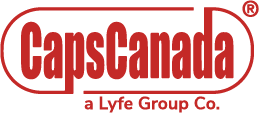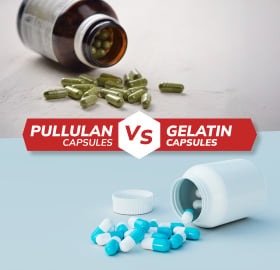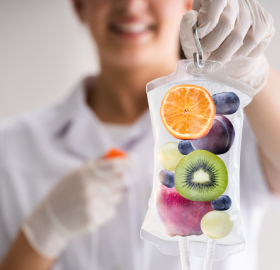Studies show that consumers judge a product based 90% on color and that 85% of their purchase decision depends on this attribute.
This shows that the choice of color for any type of product intended for human use or consumption is fundamental, since its acceptance, purchase, and even the feeling it conveys depends on it. This is known in marketing as the psychology of color.
The pharmaceutical industry is no exception to this phenomenon, which is why it is vital to know how to choose the best color combination for your product or to add any other color if necessary.
Hard capsule color customization
Hard capsules, especially gelatin capsules, offer a wide range of colors and finishes. That is one of the reasons that have made them the market's favorite, as they generate great advantages such as:
- Make the product stand out with the possibility of coloring both the cap and the body of the capsule.
- Make your products stand out and differentiate them from the competition
- Use the color of the brand name on the product to facilitate its identification.
- Improve patients' ability to take the medication, as it is easier to remember to take the blue medication than to remember taking metronidazole.
However, besides knowing the advantages, have you ever wondered how the coloring of hard capsules is obtained?
Coloring capsules at the production plant
Before reviewing the color process, it is important to understand that hard capsules are made from a base material, which can be gelatin or HPMC (vegetable cellulose) and is initially in liquid form. The material is then taken by machines that give the oval shape to each part of the capsule (cap and body) and then cool it until it hardens.
Color is part of the first stage of capsule production and comes into play when the raw material is in liquid form in the preparation tanks. At that moment, the colorant is added and mixed until it is completely homogeneous. This process ensures that the color maintains a high uniformity from batch to batch, as the addition of color is always the same and thus the results are very consistent.
Customization beyond color
Not only do the hard capsules offer countless color options, which can even match the Pantone guide, but they also offer different finishes, for further customization. These finishes can be glossy, matte, or metallic.
All these effects are generated in the same way as the addition of color; in the raw material mixing process.
The right color for your product
At CapsCanada we have expert colorists who are dedicated on generating the colors requested by our customers. When the color request is not part of the standard options, the colorist mixes different tones as an artist would do, until the exact color is found.
This color is applied to a film made of capsule material, which is sent to the customer for review and approval.
A color to meet every need
Until a few years ago, vibrant, eye-catching colors were the most popular in both the pharmaceutical and nutraceutical industries. These colors are obtained from food-grade synthetic dyes, which offer high saturation and brightness.
However, new market trends, influenced by opting for more “natural” products, have also influenced the world of color. Thus, companies have been looking for alternatives that allow them to offer natural products, finding the solution in natural colorants.
Natural colorants are available for HPMC capsules and are made from elements such as charcoal, caramel, seaweed, and plants. Because they are obtained from nature, they do not have the same degree of consistency as synthetic colorants.
Colors that guarantee peace of mind
As of August 2022, the European Union vetoed the use of titanium dioxide (TiO2) as an opacifying agent for products intended for human consumption. This agent is widely used in the food and pharmaceutical industry to generate the color white and to opacify other colors.
Although markets such as North America and Latin America still allow the use of this compound, CapsCanada has developed titanium dioxide-free colors to meet the needs of any type of consumer and guarantee greater peace of mind.
Conclusion
Now that you know the color customization options for your encapsulated product, it's time to choose the color that best suits your needs. Contact our experts and request your sample.














